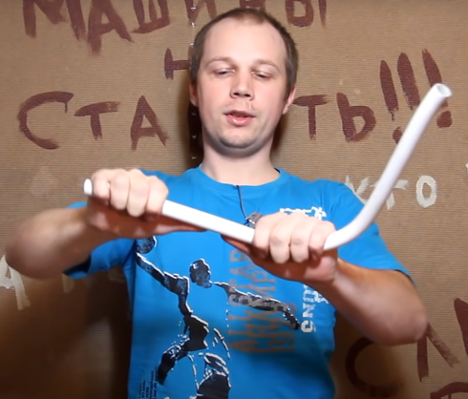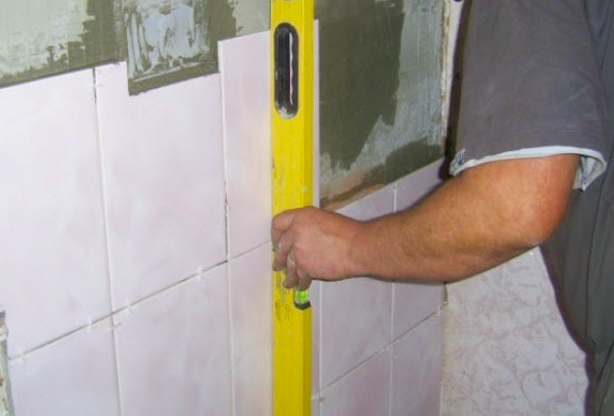Setting up a home recording studio is a task that may seem daunting to beginners. However, with the right approach and choice of equipment, even a teapot can create a functional space for recording songs and other audio materials. In this article, we'll look at what you need for a home recording studio, focusing on the equipment you'll need to get started.

The content of the article
- Recording room: the importance of acoustics and space distribution
- Essential Equipment for Recording Songs: What to Buy First?
- Additional hardware and software
- Making the studio universal
- Mistakes when designing a home recording studio
- How to avoid conflicts with neighbors
Recording room: the importance of acoustics and space distribution
The first step is to choose a recording room. This step is important because the acoustics of the room directly affect the quality of the final recording. When choosing, you should pay attention to the size of the room, its shape and the materials from which the walls and floor are made. After this, you can begin installing acoustic panels and bass traps.
List of required equipment for a recording room:
- acoustic panels;
- bass traps;
- acoustic diffusers;
- soundproof curtains or doors.
Essential Equipment for Recording Songs: What to Buy First?
Once the room is ready, the next step is to purchase equipment for recording songs. You can't do without a microphone, sound card and headphones or monitors. For those just starting out, there are a number of budget-friendly but quality options.
Basic recording equipment:
- Microphone.
- Sound card (audio interface).
- Headphones or studio monitors.
- XLR and USB cables.
- Microphone stand.
Additional hardware and software
In addition to the basic equipment for a home recording studio, for full operation you will need various accessories, such as pop filter for microphone, MIDI keyboard for working with electronic instruments, as well as software for recording and intelligence. Even if you are a beginner in this field, choosing the right software will not be a problem for you, since there are many programs available and easy to use.
Making the studio universal
To ensure your home recording studio isn't limited to one type of project, it's important to make it versatile and flexible. Versatility means the ability to perform various tasks, from recording vocals to creating complex arrangements. Multifunctional devices can help with this and can be used in various aspects of recording. For example, instead of having separate units for the preamp and audio interface, you can purchase a combo unit that can perform both functions.
Additionally, software needs to be taken into account. Instead of specialized programs for each element of a sound recording, it is recommended to use a comprehensive software solution that will allow you to do editing, mixing and even mastering. Such software significantly expands the boundaries of possibilities and allows you to adapt your home recording studio to different tasks.
To maintain versatility, it's worth regularly updating and upgrading your home recording studio equipment. Technology is constantly evolving, and modern models can offer improved sound quality, more features, and better software integration. Pay attention to modular systems that can be gradually expanded without losing quality or functionality.
Mistakes when designing a home recording studio
Setting up a home recording studio is a process that doesn't end with the initial purchase of equipment. In order for your studio to remain competitive, it is important to regularly update and supplement it. However, how to do this without losing quality and functionality?
The first step is planning. Before purchasing new equipment for your home recording studio, determine what tasks you want to solve. This will help you focus on the devices you really need and eliminate unnecessary expenses. Make a list of priorities and gradually move through it, analyzing the options available on the market.
The second criterion is compatibility. Make sure your new hardware is compatible with the devices and software you already have. For example, if you're planning to add a new audio interface, it should support the same protocols as your current recording equipment.
Third, but no less important, is the budget. While quality equipment is often expensive, you shouldn't skimp on the key elements of your studio. However, this does not mean that you need to overpay: there are always options with good value for money.

How to avoid conflicts with neighbors
Before starting work on creating a home recording studio, it is extremely important to make sure that all the rules and regulations of the housing code are observed. Check the current laws and regulations where you live. Some laws may set limits on the amount of noise that can be tolerated in residential areas.
Open and honest dialogue with neighbors is a key element in avoiding conflicts. Inform them of your intention to set up a studio and provide them with information about when you plan to record. This way, neighbors will be warned and, perhaps, will show more leniency.
High-quality sound insulation is an integral part of any recording studio. This will not only improve the quality of recordings, but also minimize possible inconvenience to neighbors. Invest in soundproofing materials and technologies to reduce noise levels.
List of recommendations for soundproofing:
- Soundproofing panels for walls and ceilings.
- Soundproofing doors and windows.
- Specialized carpets and floor coverings for sound absorption.
After setting up your studio, regularly check the noise level and communicate with your neighbors. Get feedback from them and make the necessary adjustments in your work. This process is necessary to maintain favorable relationships and avoid possible conflicts.
By following these principles and recommendations, you will significantly reduce the risk of conflicts with neighbors and ensure comfortable working conditions in your home recording studio.
Now that you know what you need for a recording studio, you can start creating one without wasting time searching for the necessary information. Remember that even with a minimal budget and a small amount of equipment it is possible to achieve excellent results. Good luck!


